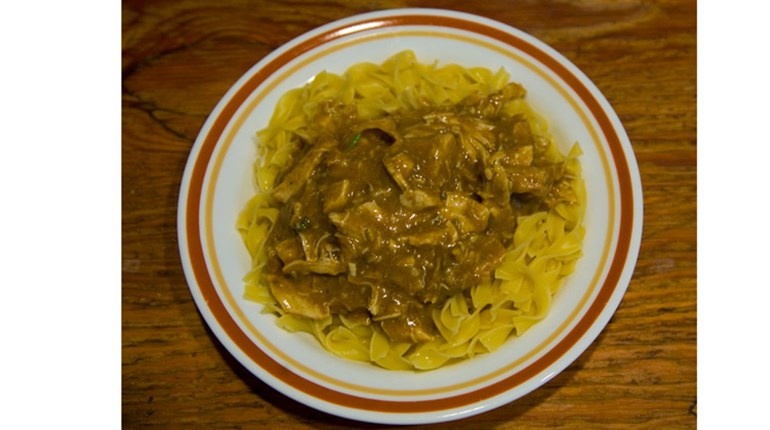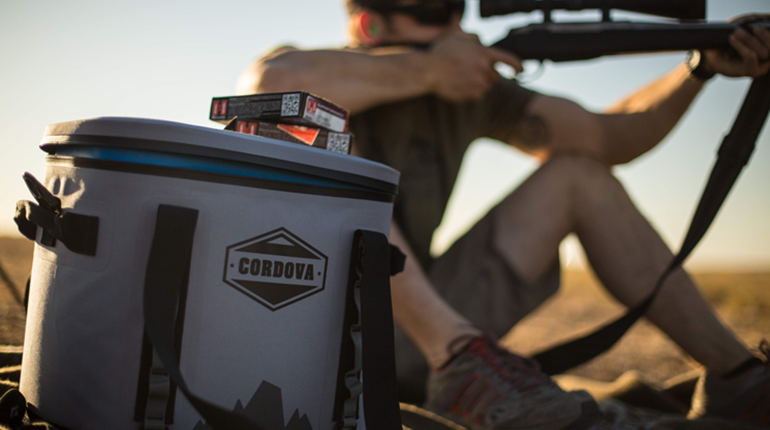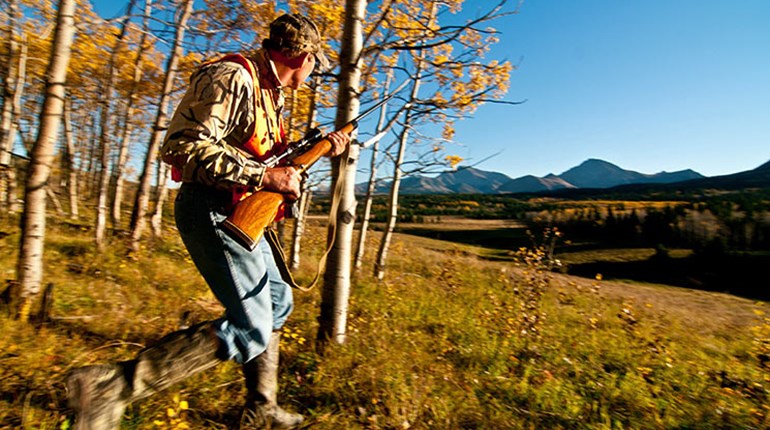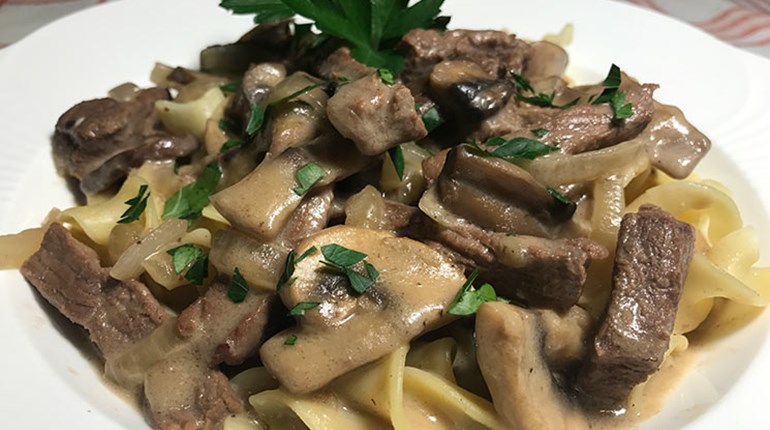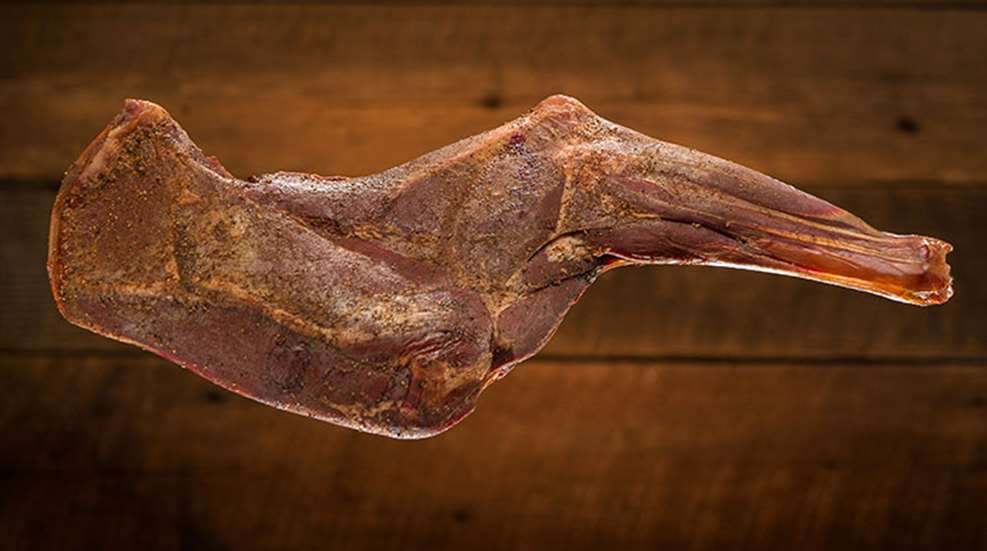
A deer, elk or antelope hindquarter or shoulder cooked whole on the bone is a glorious sight. Smoking a big, primal cut like this may seem imposing, but it’s actually easier than you might think. It does take some time—on the smoker, yes, but also during the preparation—to ensure the meat stays moist and delicious. Here’s how I do it.
• BRINE IT: First, soak the quarter in a brine made from 1 cup each of kosher salt and brown sugar dissolved in 1 gallon of cold water. You can add some aromatics or other flavorings to the brine, including garlic cloves, red pepper flakes or a quarter-cup of apple cider vinegar. If you have a food-grade syringe, inject some of the brine throughout the quarter, especially near the bone. Submerge the meat in the brine and refrigerate for 24 hours. If outdoor temperatures are below 40 degrees, you can use a cooler placed in the shade for brining.
• RUB IT: A couple hours before smoking, transfer the quarter from the brine to a rack set on a large baking sheet (to minimize the mess). With paper towels, pat the exterior as dry as possible, then let the roast rest for an hour so. Spread on a layer of lard or bacon fat. This helps keep the meat moist and adds a layer of flavor. Speaking of flavor, I also like to cover the meat with a good barbecue rub containing paprika, kosher salt, cayenne pepper, black pepper, sugar and other seasonings.
• SMOKE IT: Once the quarter is rubbed and ready, it’s time to put it into the smoker. Shoot for a moderately low temperature between 200-225 degrees for the first couple of hours. You also want a pretty heavy smoke during this time. As for wood, I prefer sweeter smoke from apple, cherry or pecan, but let your taste buds be your guide here.
After two or three hours, a meat thermometer poked deep into the quarter should read around 120 degrees or so. At this point, you have a choice. Either keep smoking the meat until the internal temperature reaches 150 degrees, then remove the roast, slice it and enjoy it as is. Or if you prefer the meat pulled like good barbecued pork, you’ll have to take another step to prevent it from drying out during the rest of the cooking process.
• BRAISE IT: To do this, you’ll need to braise the quarter in a bit of liquid. You can braise it in the smoker, an oven or, in the case of a smaller cut, a slow cooker. I prefer the former. Transfer the quarter into a shallow, aluminum foil tray. Pour in enough chicken or beef broth to reach a level halfway up the meat, seal everything well with heavy-duty foil and close it up in the smoker with the heat set between 275-300 degrees.
• PULL IT: Now comes the hardest part: waiting for the meat to hit the magic temperature of 190 degrees. This is going to take several hours, giving you plenty of time to relax while your mouth waters. Check the meat a couple times during the process, adding more liquid if necessary and flipping the quarter once or twice to keep the top half from drying out. Once the meat comes up to temperature, braise it for an additional 30 minutes. Then remove the quarter from the smoker, let it rest for 15 minutes and, using two forks or your fingers, pull the meat into shreds. Serve with your favorite barbecue sauce.












